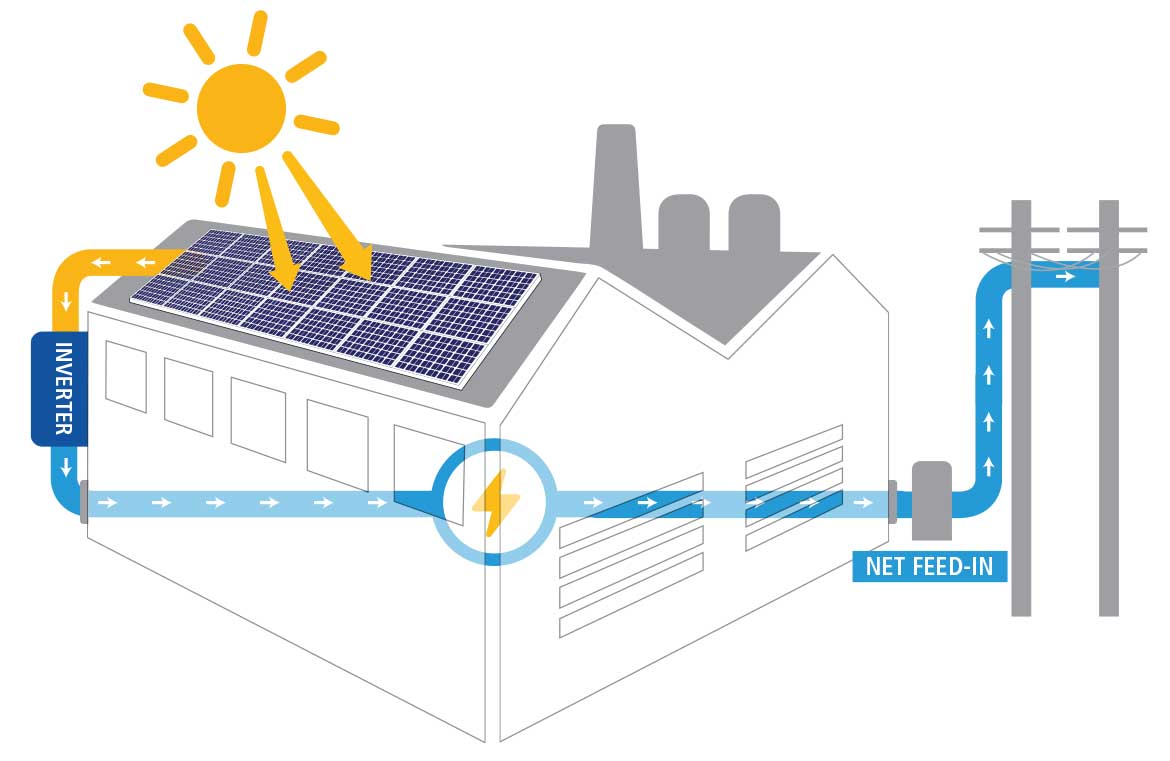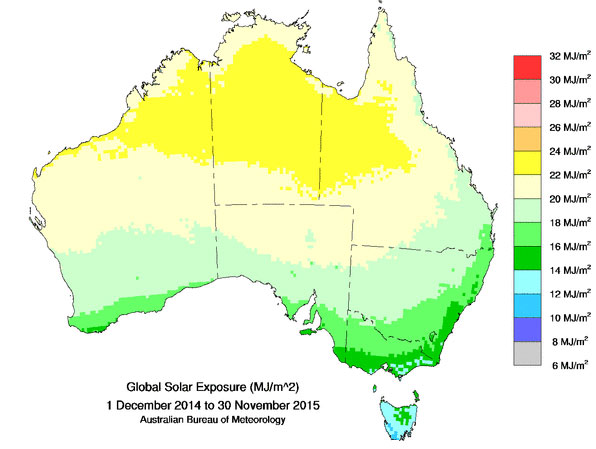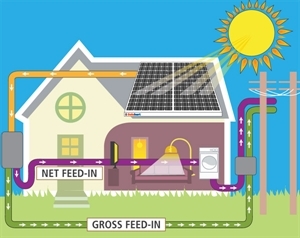Solahart SunCell-Plus Panel Specifications
| Panel Electrical Characteristics | |
|---|---|
| Maximum Power (Pmax) Power Class |
455W 0/+5W |
| Open Circuit Voltage (Voc) | 41.65V |
| Short Circuit Current (Isc) | 13.81A |
| Maximum Power Voltage (Vmp) | 35.00V |
| Maximum Power Current (Imp) | 13.00A |
| Module Efficiency (%) | 21% |
| Temperature Coefficients | |
| PMPP VOC ISC |
-0.34%/ K -0.25%/ K +0.04%/ K |
| Maximum System Voltage ( IEC ) | 1500V |
| Panel Specifications | |
| Dimensions | 1908 mm x 1134 mm x 30 mm |
| Weight | 23.9 kg |
| Cell Type and configuration | 6 x 20 monocrystalline solar half-cells |
| Glass | 3.2mm thermally pre-stressed glass with anti-reflection technology |
| Back sheet | Composite film |
| Frame | Black Anodised Aluminium |
| Temperature range | -40°C to + 85°C |
| Junction Box | Protection Class IP 68, with bypass diodes |
| Connectors | Multi-contact MC4, IP68 |
| Part Number | Solahart455H2 |
| Solahart Warranty | 15 years on panels* |
Inverter Specifications
| Inverter Technical data | SE15K | SE27.6K |
|---|---|---|
| Output (AC) | ||
| Rated AC Power Output | 15000 VA | 27600 VA |
| Maximum AC Power Output | 15000 VA | 27600 VA |
| AC Output Voltage (Nominal) | 400 / 230 Vac | |
| AC Output Voltage Range | 184-264.5V | |
| AC Frequency (Nominal) | 50 ± 5Hz | |
| Maximum Continuous Output Current | 23A | 40A |
| Residual Current Detector / Residual Current Step Detector | 300/30mA | |
| Utility Monitoring, Islanding Protection, Country Configurable Thresholds |
Yes | |
| Input (DC) | ||
| Maximum DC Power (Module STC) | 18750W | 37250W |
| Transformer-less, Ungrounded | Yes | |
| Maximum Input Voltage | 415 Vdc | |
| Nominal DC Input Voltage | 375 Vdc | |
| Maximum Input Current | 22 Vdc | 40 Vdc |
| Reverse-Polarity Protection | Yes | |
| Ground-Fault Isolation Detection | 700kÙ Sensitivity | |
| Maximum Inverter Efficiency | 98% | 98.3% |
| European Weighted Efficiency | 97.60% | 98% |
| Night time Power Consumption | <2.5W | <4W |
| Additional features | ||
| Supported Communication Interfaces | RS485, Ethernet, Wi-Fi (optional) |
|
| Smart Energy Management | Export Limitation, StorEdge applications | |
| Standard compliance | ||
| Safety | IEC-62103 (EN50178), IEC-62109, AS-3100 |
|
| Grid Connection Standards | VDE 0126-1-1, VDE-AR-N-4105, AS-4777, RD-1663, DK 5940 |
|
| Emissions | IEC61000-6-2, IEC61000-6-3,IEC61000-3-11, IEC61000-3-12, |
|
| RoHS | Yes | |
| Installation specifications | ||
| Dimensions (W/H/D)mm | 315/775/260 | |
| Weight | 36.2 kg | 48 kg |
| Cooling | Natural convection and internal fan | |
| Noise | <50 dBA | <55 dBA |
| Operating Temperature Range | -20˚C to 60˚C (Power derating above 50˚C) | |
| Protection Rating | IP65 - Outdoor and Indoor | |
| Product Details | ||
| SolarEdge Part Number | SE15K | SE27.6K |
| Solahart Warranty | 10 years1 | |








